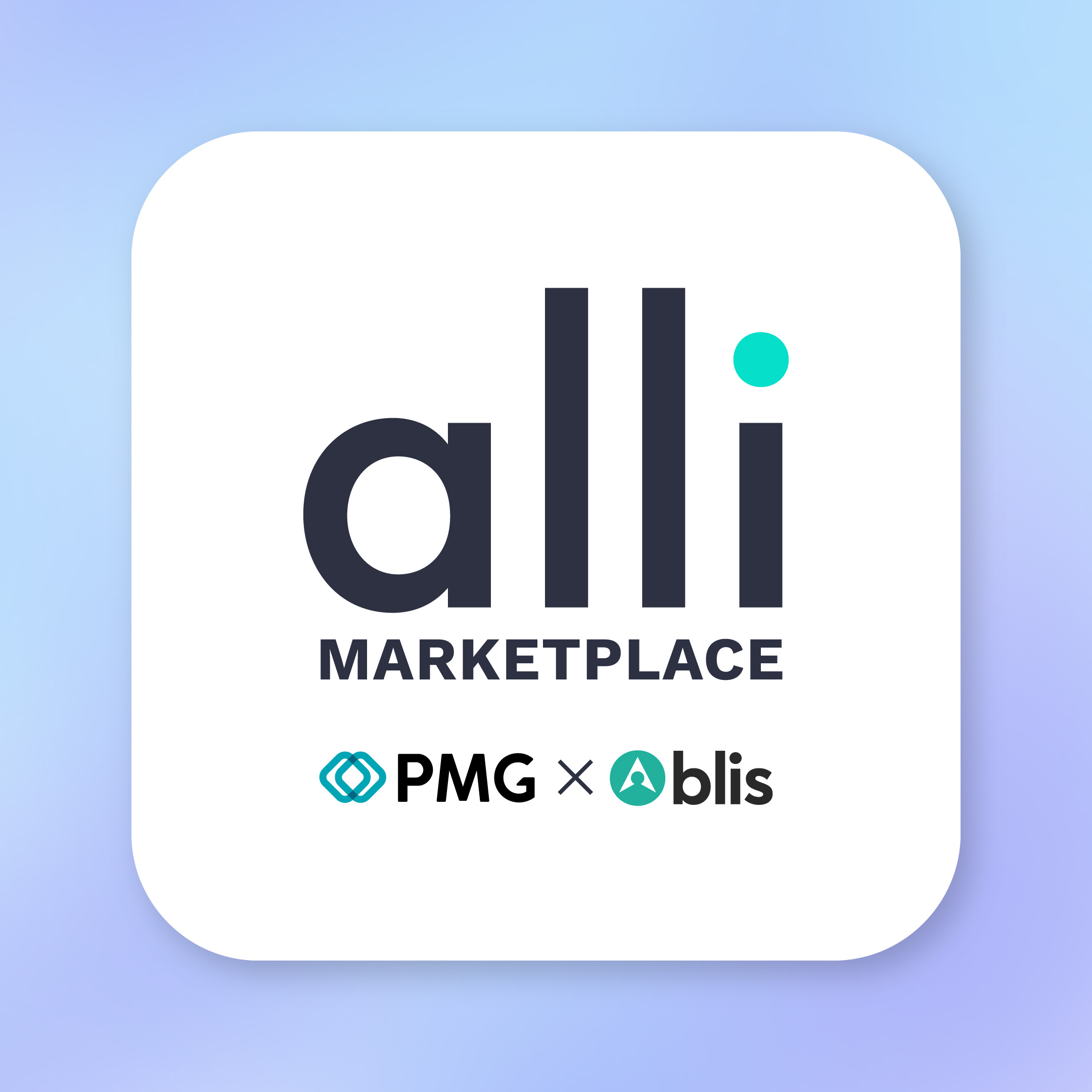Travel season has begun in India, and while most marketers in the industry are likely prepared for the mass migration, they may not be prepared for some of the changes impacting the market this year. Blis discusses how brands and marketers can effectively connect with Indian travellers this Summer.
Families face new challenges with respect to their summer vacations this year. Airfares will be up as much as 30-50 percent due to a shortage in aircraft. Contributing to the issue is Jet Airways, which is facing financial challenges. As a result of these woes, they’ve cancelled flights and grounded 78 aircrafts. Due to concerns around the recent crashes involving Boeing 737 MAX aircraft, SpiceJet and other carriers have also had ground planes, making fewer available for summer travel.
At the same time, more flights will be available for certain destinations including popular Srinagar, proving that the rise in costs has not dampened the desire to travel this season. Srinagar’s economy is tourism-dependent, so this is good news for businesses in the summer capital of Jammu and Kashmir.
With higher fares domestically, Travellers may be tempted by reduced fares to the US, which can now be booked without the usual three month advance. A reduced number of bookings earlier this year has resulted in a season surplus – resulting in lower prices for trips available within weeks.
What all of this means for marketers is that they should be prepared for the mass migration this summer – as they should be every year. However, in 2019, marketers must also be prepared for travelers to be more frugal, since they’ll be spending more to either travel within India or to spring for an excursion abroad.
Here is an infographic on Global Travel & Tourism Trends. Download Now.
How can marketers connect with travellers who are watching their wallets? What’s the best way to reach and engage these individuals and families?
When it comes to smartphone penetration, India does lag compared to other countries; while 71.4 percent of Americans are estimated to have smartphones in 2019, less than 30 percent of Indians are expected to have them in the same year. Still, that’s 500 million people, so a considerable number regardless of the percentage.
However, reaching customers who have visited a travel site or OTA – an excellent targeting strategy in many countries – on a mobile in India is tricky. Morgan Stanley estimates that Indian travellers book only about 10-15 percent of their hotel stays online. Other regions represent much higher numbers – 25-30 percent in China, 41 percent in Europe and 46 percent in the US. Although 500 million in India have some form of internet access, and approximately 150 million enjoy leisure travel, only 35 million – that’s less than 25 percent – have booked trips online with MakeMyTrip Group brands, which are considered a proxy for this behaviour in the region.
Despite the reduced (but growing!) numbers, there are effective ways to reach and engage summer travellers online, this year and in future travel seasons.
- Prior to vacation season, reach out to prospective travellers to promote destinations, hotels, and travel-worthy events like festivals. The best way to do this is to leverage first and third-party data segmented for both demographics and shopping behaviour to predict and reach out to wealthier population segments that are more likely to travel. Beautiful images of resorts and attractions along with limited-time offers like room upgrades will be effective for driving action.
- Geofencing events and destinations is a smart way to reach this group once they’ve arrived. Try geofencing hotels, festivals and popular tourist areas to reach tourists, then retarget them with offers to join loyalty programs or for travel packages they might enjoy on their next trip. With destination weddings growing in popularity, marketers for restaurants, hotels and even formal attire may also want to consider these strategies.
- Since travel costs more this year, offers and coupons will be strong and effective calls to action. For example, marketers targeting travellers at the Tulip Festival in more-accessible-than-ever Srinagar should engage visitors with an offer for a discount at restaurants overlooking the gardens. Alternatively, consider inviting visitors back with an offer for discounted rooms at a hotel on Dal Lake later in the season.
Changes ahead for travel in India
India is seeing change in ways that directly impacts marketers, particularly those in the travel sector. Today, optimism somewhat outpaces actual growth, but the market will grow and mature dramatically over the next few years. The middle class is expected to be the biggest adopter of online travel, and with mobile adoption advancing, many trips will be booked on smartphones. Here is an article about how Free Airport Wifi is a Holiday Gift for Marketers. Additionally, international tourism is likely to grow. Jaipur was recently named one of the top destinations worldwide by TripAdvisor, and adventurous Millennial travellers from the west may be drawn to visit in larger numbers.
Meanwhile, there’s plenty of travel amongst Indian families during the summer season, and plenty of opportunity for marketers to reach and engage these travellers. The keys to success are awareness of the current, evolving travel situation and a real sensitivity to higher costs.
Hope you enjoyed this article where Blis discusses how brands and marketers can effectively connect with Indian travellers this Summer. Get in touch today to supercharge your travel campaigns with us.



